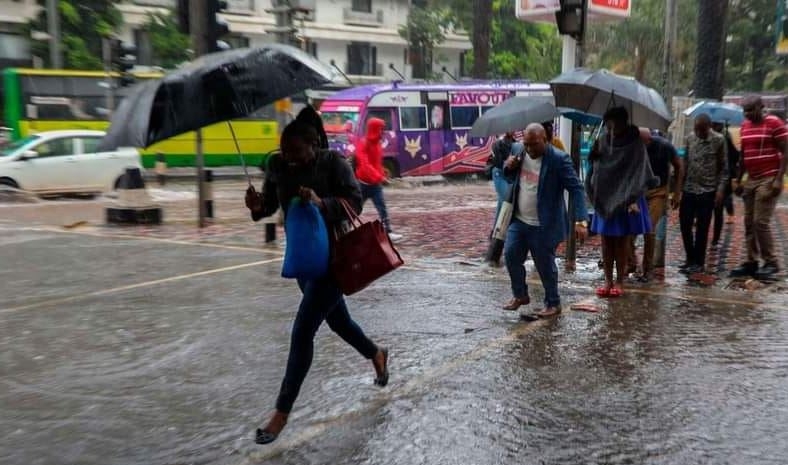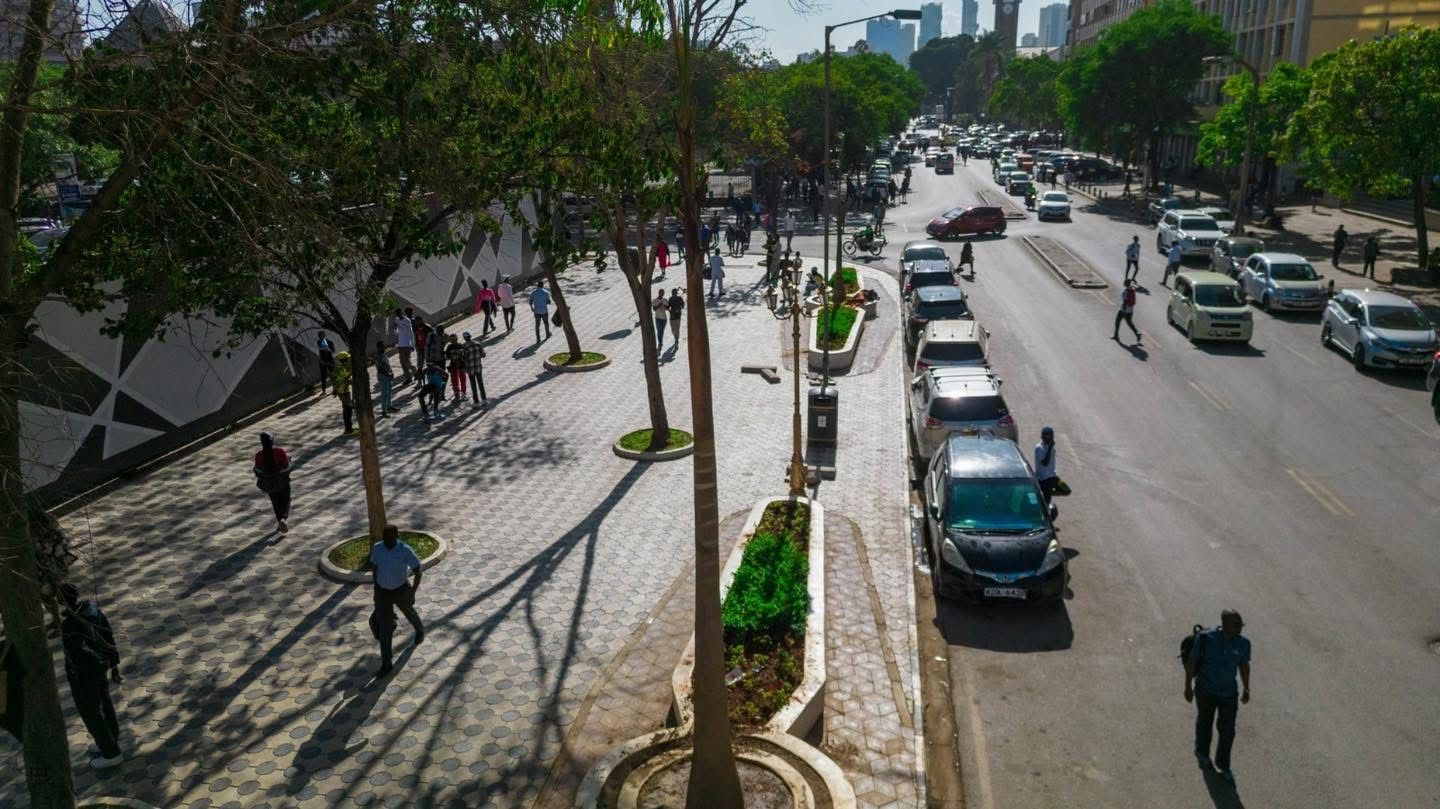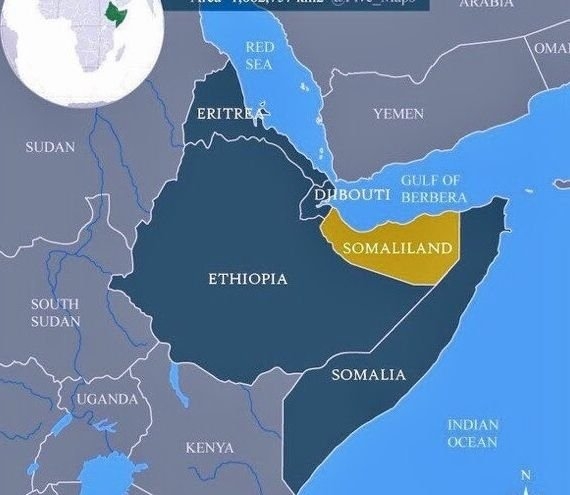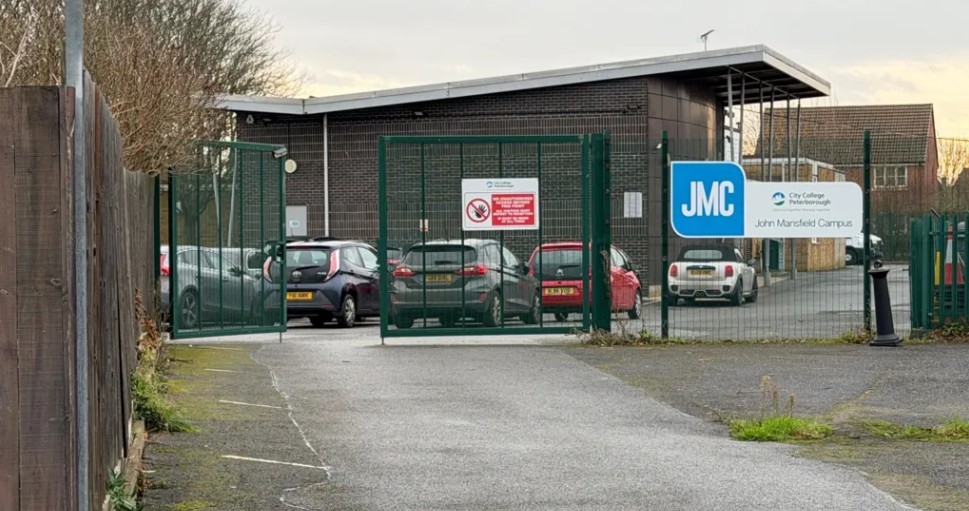
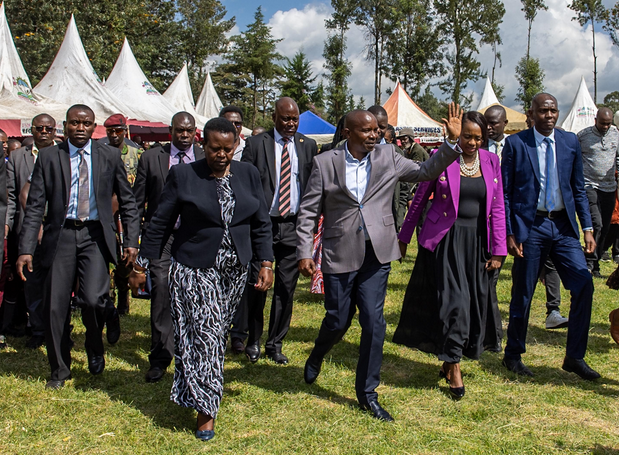 Deputy President Kithure Kindiki arrives for a burial service in Arimi, Molo, for victims of a recent road accident on May 15, 2025/DPCS
Deputy President Kithure Kindiki arrives for a burial service in Arimi, Molo, for victims of a recent road accident on May 15, 2025/DPCSThe long-awaited expansion of the Rironi-Mau Summit Road into a dual carriageway is set to begin in July, Deputy President Kithure Kindiki has announced.
Speaking during a burial service in Arimi, Molo, for victims of a recent road accident, Kindiki confirmed that the project will break ground on July 1, following the government’s finalisation of a Public-Private Partnership (PPP) funding agreement.
The 170-kilometre stretch, linking Nairobi to western Kenya, will be transformed into a four-lane dual carriageway, with critical sections expanded to six lanes. The Sh90 billion project is projected to be completed by July 2027.
“This transformative project will stimulate the economies of the Rift Valley, Nyanza, and Western regions,” said Kindiki.
“It will create thousands of job opportunities, with priority given to local communities, especially Nakuru County residents.”
The Deputy President described the road upgrade as a flagship initiative under President William Ruto’s administration, aimed at improving transport efficiency and reducing the high number of fatal accidents along the corridor.
Kindiki also directed engineers from the Ministry of Roads and Transport to urgently redesign accident-prone sections of the Elburgon-Njoro Road, where 12 people perished last week.
“We must implement lasting solutions to these blackspots to prevent further tragedies,” he said, conveying Ruto’s condolences to the affected families.
In a broader infrastructure push, Kindiki revealed that the government plans to extend the Standard Gauge Railway (SGR) from Naivasha to the Uganda border. The second and third phases of the project—known as phases 2B and 2C—are scheduled to commence shortly.
“This expansion will solidify Kenya’s role as a regional logistics hub,” he noted.
Closing his address, Kindiki called for political maturity and national cohesion. “The era of violent, inflammatory politics is outdated.
Kenya must remain united and peaceful, even as we embrace diverse viewpoints,” he urged.
The Rironi-Mau Summit upgrade is expected to significantly ease traffic congestion, enhance road safety, and boost cross-regional trade once completed.



